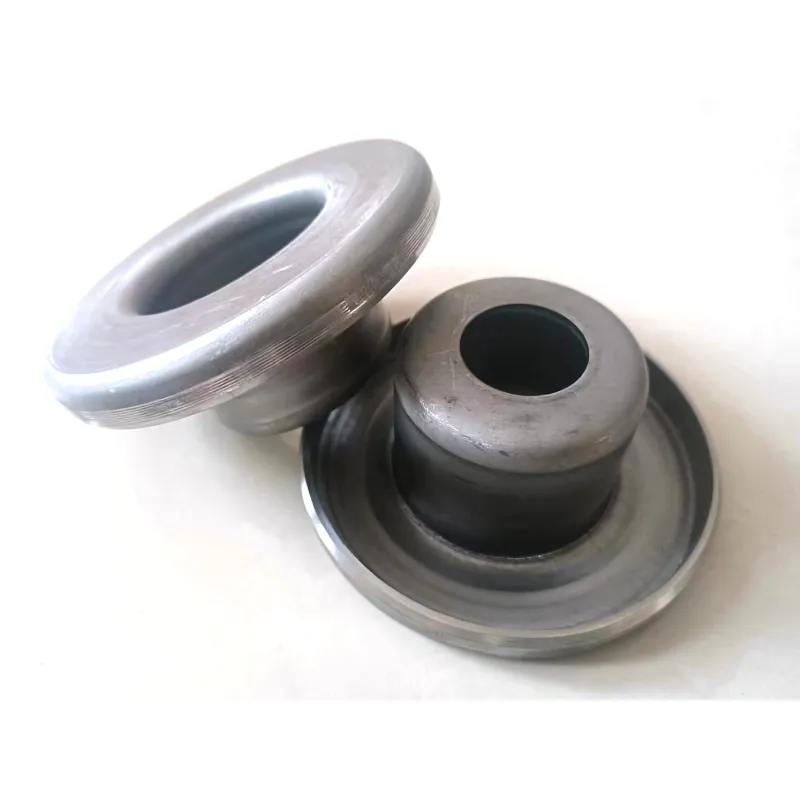 Afrikaans
Afrikaans  Albanian
Albanian  Amharic
Amharic  Arabic
Arabic  Armenian
Armenian  Azerbaijani
Azerbaijani  Basque
Basque  Belarusian
Belarusian  Bengali
Bengali  Bosnian
Bosnian  Bulgarian
Bulgarian  Catalan
Catalan  Cebuano
Cebuano  Corsican
Corsican  Croatian
Croatian  Czech
Czech  Danish
Danish  Dutch
Dutch  English
English  Esperanto
Esperanto  Estonian
Estonian  Finnish
Finnish  French
French  Frisian
Frisian  Galician
Galician  Georgian
Georgian  German
German  Greek
Greek  Gujarati
Gujarati  Haitian Creole
Haitian Creole  hausa
hausa  hawaiian
hawaiian  Hebrew
Hebrew  Hindi
Hindi  Miao
Miao  Hungarian
Hungarian  Icelandic
Icelandic  igbo
igbo  Indonesian
Indonesian  irish
irish  Italian
Italian  Japanese
Japanese  Javanese
Javanese  Kannada
Kannada  kazakh
kazakh  Khmer
Khmer  Rwandese
Rwandese  Korean
Korean  Kurdish
Kurdish  Kyrgyz
Kyrgyz  Lao
Lao  Latin
Latin  Latvian
Latvian  Lithuanian
Lithuanian  Luxembourgish
Luxembourgish  Macedonian
Macedonian  Malgashi
Malgashi  Malay
Malay  Malayalam
Malayalam  Maltese
Maltese  Maori
Maori  Marathi
Marathi  Mongolian
Mongolian  Myanmar
Myanmar  Nepali
Nepali  Norwegian
Norwegian  Norwegian
Norwegian  Occitan
Occitan  Pashto
Pashto  Persian
Persian  Polish
Polish  Portuguese
Portuguese  Punjabi
Punjabi  Romanian
Romanian  Russian
Russian  Samoan
Samoan  Scottish Gaelic
Scottish Gaelic  Serbian
Serbian  Sesotho
Sesotho  Shona
Shona  Sindhi
Sindhi  Sinhala
Sinhala  Slovak
Slovak  Slovenian
Slovenian  Somali
Somali  Spanish
Spanish  Sundanese
Sundanese  Swahili
Swahili  Swedish
Swedish  Tagalog
Tagalog  Tajik
Tajik  Tamil
Tamil  Tatar
Tatar  Telugu
Telugu  Thai
Thai  Turkish
Turkish  Turkmen
Turkmen  Ukrainian
Ukrainian  Urdu
Urdu  Uighur
Uighur  Uzbek
Uzbek  Vietnamese
Vietnamese  Welsh
Welsh  Bantu
Bantu  Yiddish
Yiddish  Yoruba
Yoruba  Zulu
Zulu Conveyor Roller Systems for Efficient Material Handling Solutions
Understanding Conveyor Idler Rollers Essential Components for Efficient Material Handling
In modern material handling systems, efficiency and reliability are paramount. Conveyor systems play a crucial role in various industries, from manufacturing to mining, ensuring that materials are transported smoothly from one point to another. A vital component of these conveyor systems is the idler roller. This article explores the significance of conveyor idler rollers, their types, applications, and maintenance considerations.
What are Conveyor Idler Rollers?
Conveyor idler rollers are cylindrical components that support the conveyor belt and assist in its movement. They are strategically placed at various intervals along the conveyor line to ensure that the belt maintains tension and alignment, thereby facilitating the seamless transport of materials. The design and material of idler rollers can significantly impact the overall efficiency of the conveyor system.
Types of Conveyor Idler Rollers
There are several types of conveyor idler rollers, each designed for specific applications and environments. The most common types include
1. Impact Rollers These are used at loading points where materials are transferred onto the conveyor. They are designed to absorb the shock of falling materials, thus protecting the conveyor belt and other components.
2. Troughing Rollers Troughing rollers create a “U” shape that helps to contain the materials being transported. This design is particularly effective for loose and bulk materials like sand, gravel, and coal, preventing spillage and ensuring a smooth flow.
3. Return Rollers Located on the return side of the conveyor belt, these rollers support the belt as it returns to the loading area. Their design helps maintain the belt’s tension and prevents sagging.
4. Training Rollers These rollers help align the conveyor belt, ensuring it runs straight and minimizes the risk of off-tracking, which can lead to excessive wear and tear.
5. Specialty Rollers For specific applications, there are specialty rollers designed for high temperatures, corrosive environments, or heavy-load scenarios. These rollers are made from materials engineered to withstand challenging conditions.
Applications of Conveyor Idler Rollers
The applications of conveyor idler rollers are extensive, spanning across various industries
conveyor idler rollers

- Mining In the mining sector, idler rollers are critical for transporting ores and minerals from extraction points to processing facilities. Their durability and reliability in rugged environments make them ideal for such applications.
- Manufacturing Conveyor systems in manufacturing plants utilize idler rollers to move components along assembly lines, improving productivity and efficiency
.- Agriculture In the agricultural sector, idler rollers facilitate the movement of crops and fertilizers, ensuring timely processing and distribution.
- Logistics and Warehousing Conveyor systems equipped with idler rollers optimize the storage and retrieval processes, making logistics operations more efficient.
Maintenance of Conveyor Idler Rollers
To ensure the longevity and efficient performance of conveyor idler rollers, regular maintenance is essential. Here are some key maintenance practices
1. Regular Inspections Routine inspections can help identify wear and damage to the rollers. Check for any signs of misalignment, excessive wear, or mechanical failure.
2. Lubrication Many idler rollers come with bearings that require periodic lubrication. Proper lubrication minimizes friction, reduces wear, and prolongs the lifespan of the rollers.
3. Cleaning Dirt and debris can accumulate on idler rollers, affecting their performance. Regular cleaning ensures that the rollers operate smoothly.
4. Replacement When damage or wear is identified during inspections, timely replacement of idler rollers is critical to avoid larger issues down the line.
Conclusion
Conveyor idler rollers are indispensable components of conveyor systems, playing a crucial role in facilitating efficient material transportation across various industries. Understanding their types, applications, and maintenance requirements can help businesses maximize operational efficiency and minimize downtime. Investing in quality idler rollers and adhering to preventative maintenance practices ensures that conveyor systems operate at peak performance, contributing to the overall success of material handling operations.
-
Revolutionizing Conveyor Reliability with Advanced Rubber Lagging PulleysNewsJul.22,2025
-
Powering Precision and Durability with Expert Manufacturers of Conveyor ComponentsNewsJul.22,2025
-
Optimizing Conveyor Systems with Advanced Conveyor AccessoriesNewsJul.22,2025
-
Maximize Conveyor Efficiency with Quality Conveyor Idler PulleysNewsJul.22,2025
-
Future-Proof Your Conveyor System with High-Performance Polyurethane RollerNewsJul.22,2025
-
Driving Efficiency Forward with Quality Idlers and RollersNewsJul.22,2025





























